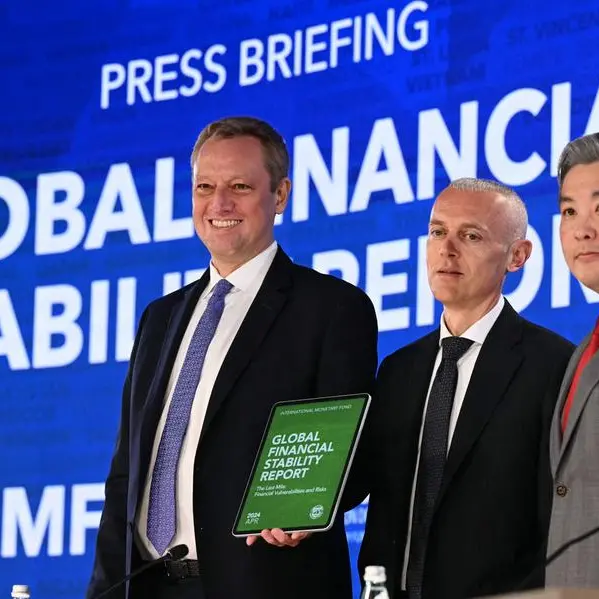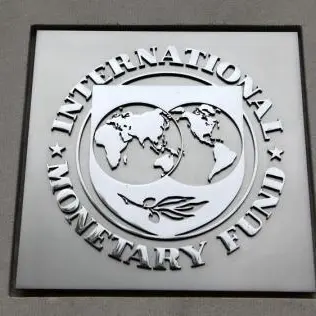The recovery that emerging markets have managed to build throughout the first quarter of 2019 is set to extend further after the downbeat tone that was presented by the Federal Reserve after its latest monetary policy meeting. Interest rate expectations in the United States will be significantly downgraded after the comments made by Jerome Powell, in which the Fed Chair strongly indicated that interest rates will remain on hold for some time and that it ultimately appears that the Federal Reserve will extend its narrative around the need for “patience” over the coming months.
Pushed-back US interest rate expectations will be enough to fuel some unwinding of U.S. dollar positions from a greenback that remains at historically high levels, and the immediate reaction will be that this benefits the likes of the euro and Japanese yen. Weakness in the dollar will also prove supportive to gold, but where I see the real opportunities for investors are in emerging markets. This includes both emerging market stocks and emerging market currencies. Returning capital into emerging markets will also be a headline that catches further steam moving forward.
Returning investor capital and inflows into emerging markets is a trend that will increase in popularity throughout the developing world and across different continents. This will stretch across the likes of China, South Africa and Saudi Arabia. We should also not discount the momentum that emerging market currencies should be able to build, when we consider that many of the currencies belonging to the developing world remain significantly weaker than where they were valued in the time before the Fed started monetary tightening four years ago.
I am looking at the prospects of a stronger Indonesian rupiah, Chinese yuan and Malaysian ringgit as a result of the dovish Fed message. The Singapore dollar will also be encouraged by a softer greenback, while the South Korean Won will be watched after it has lagged behind its Asian counterparts so far in 2019. When it comes to the African continent, I would look for a momentum shift in the South African Rand as a result of reversed interest rate optimism in the United States.
What will be concerning investors behind their trading desks is that it can’t be denied that there is a coordinated downbeat view that is being presented by central banks and senior officials across the globe this year. The Fed has certainly now joined this party by issuing its own need for “patience” and that global headwinds remain a threat that needs to be closely watched.
To read more market analysis from FXTM please visit: FXTM.
Disclaimer: This written/visual material is comprised of personal opinions and ideas. The content should not be construed as containing any type of investment advice and/or a solicitation for any transactions. It does not imply an obligation to purchase investment services, nor does it guarantee or predict future performance. FXTM, its affiliates, agents, directors, officers or employees do not guarantee the accuracy, validity, timeliness or completeness of any information or data made available and assume no liability for any loss arising from any investment based on the same.
Risk Warning: CFDs are complex instruments and come with a high risk of losing money rapidly due to leverage. You should consider whether you understand how CFDs work and whether you can afford to take the high risk of losing your money.
Any opinions expressed here are the author’s own.
Our Standards: The Thomson Reuters Trust Principles
Disclaimer: This article is provided for informational purposes only. The content does not provide tax, legal or investment advice or opinion regarding the suitability, value or profitability of any particular security, portfolio or investment strategy. Read our full disclaimer policy here.
© Opinion 2019











